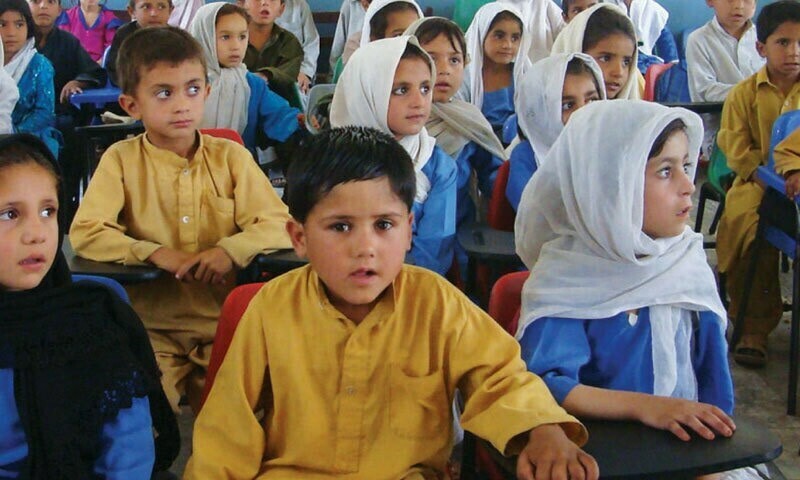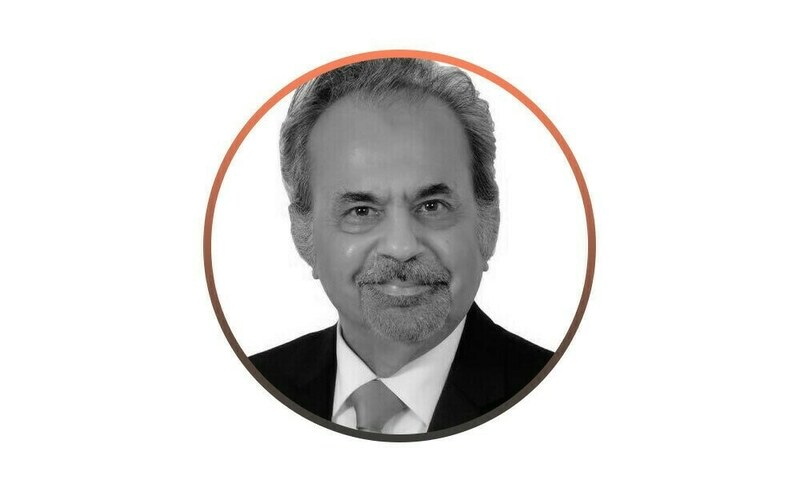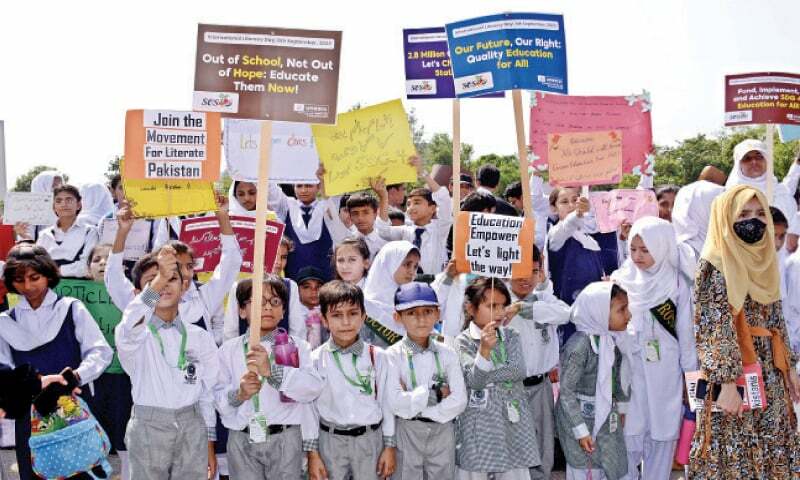Health, education emergency feared
Country’s indicators fall below levels seen by world’s poorest nationsShahbaz RanaMay 03, 2023
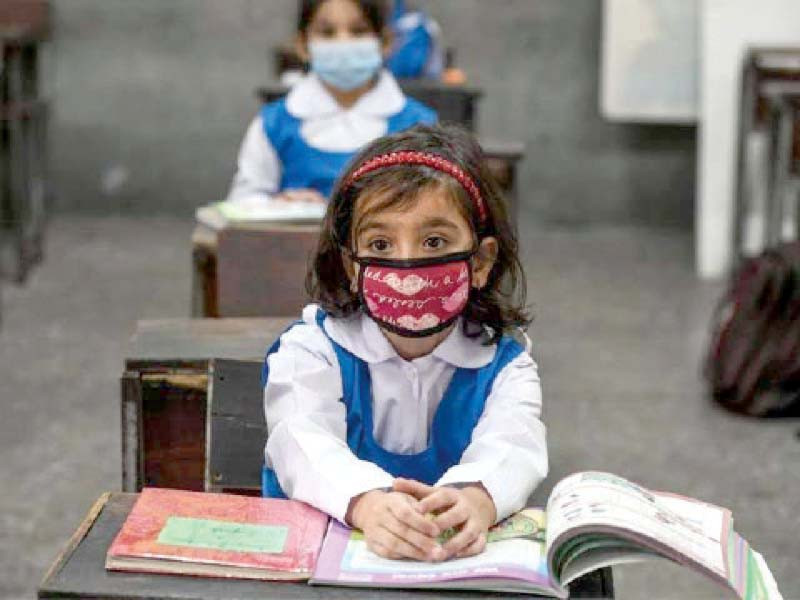
The World Bank said that low human capital development could limit the realisation of Pakistan’s ambition to become an upper middle-income country by 2047. photo: AFP
ISLAMABAD:
A World Bank-led Pakistan human capital review has recommended the declaration of health and education emergency, as the country’s indicators fall below levels seen by the world’s poorest nations with eight out of 10 children unable to comprehend a simple text.
To boost its human capital, Pakistan needs to invest more in the supply of health and education through domestic resource mobilisation, shifting resources from costly energy subsidies and improving efficiency in the existing allocations to human development sectors, recommends the Pakistan Human Capital Review report released on Tuesday.
According to the report, an estimated 20.3 million of Pakistan’s school-age children are out of school.
In addition, Pakistan’s learning poverty rate – the percentage of children unable to read and understand a short age-appropriate text by the age of 10 – stood at 79% post-Covid-19 pandemic and the 2022 floods. This alarming ratio is 19 percentage points above the average for lower middle-income countries.
The World Bank said that the total cost of providing all current children in Pakistan with a quality education would conservatively cost 4.8% of GDP, or Rs4 trillion. This assumes that all children can be enrolled in public schools or low-fee private schools, at an average annual cost of $240 for each child.
With an estimated 20.3 million children out of school (aged 5-16), Pakistan has one of the largest number of children in the world not attending school.
The 20.3 million figure corresponds to nearly a third of Pakistan’s children aged 5-16, 82% of whom have never gone to school.
Due to population increases, this absolute number remains large, even as the share of out-of-school children has fallen in the past few decades, it added.
The Covid-19 pandemic has likely erased nearly a decade of progress on human capital for both boys and girls, according to the report.
The combined effects of the Covid-19 pandemic and the devastating floods, called as two shocks, have likely worsened the already high learning poverty and malnutrition and limited the cognitive, socio-emotional, and healthy development of Pakistan’s next generation, stated the bank.
They recommended “declaring emergencies over its health and education crises”, saying the country needs long-term planning beyond the tenure of any government and political cycle.
It also recommended making family planning a priority across all human development initiatives. Pakistan should integrate population planning into academic, religious, and national policies and develop its labour market to accommodate the growing youth population.
The World Bank said that low human capital development could limit the realisation of its ambition to become an upper middle-income country by 2047. Pakistan needs a healthy, skilled, and resilient population to ensure high economic growth that is both sustainable and inclusive.
The Human Capital Review has assessed the challenges and opportunities to improve Pakistan’s human capital outcomes.
Human capital makes up 61% of Pakistan’s wealth, yet its levels of human capital are among the world’s lowest. About 7% of newborns in Pakistan do not live to their fifth birthday. Around 40% of children under five are stunted, relegating them to a lifetime of physical and cognitive deficits.
Pakistan underperforms the South Asia region and even the average for Sub-Saharan Africa, according to the report.
On stunting and the quality of education, it performs below the average for Sub-Saharan Africa. Child survival rates until age five are far below the South Asia regional average and the same as the average for Sub-Saharan Africa.
The World Bank said that while children in Pakistan stay in school slightly longer than their peers in Sub-Saharan Africa, a 2019 regional assessment ranked Pakistan second from the bottom globally in science and mathematics performance by its 4th graders. Against peer and regional comparators, the only indicator on which Pakistan outperforms is the adult survival rate.
While the country has reached middle-income status and made significant progress in reducing poverty over the past two decades, low human capital outcomes limit Pakistan’s further progress, capping its growth and development prospects.
“Strong human capital is essential for sustainable economic growth, to prepare the workforce for the more highly skilled jobs of the future, and to compete effectively in the global economy,” said Mamta Murthi, World Bank’s Vice President for Human Development.
Mamta Murthi said that investing in human capital can also build resilience and adaptive capacity to withstand the effects of climate change, while developing the skills and ingenuity needed for a green and inclusive economy and to reduce inequality.
Pakistan’s Human Capital Index (HCI) of 0.41 means that a baby born in Pakistan today will only be 41% as productive as they could be if they enjoyed complete education and full health. The country’s HCI is lower than the South Asian average of 0.48, Bangladesh’s 0.46 and Nepal’s 0.49.
“Pakistan’s human capital outcomes are more comparable to Sub-Saharan Africa’s, which has an average HCI of 0.40”, according to the World Bank. Another facet of Pakistan’s human capital crisis is its low utilisation due largely to low female labor force participation.
The World Bank said that if Pakistan continues on its current trajectory in human capital development, its GDP per capita would grow overall by a mere 18% through 2047, the 100th anniversary of its founding.
If Pakistan can boost human capital investments and its HCI value to the level of its peers, per capita GDP could grow by 32%.
Published in The Express Tribune, May 3rd, 2023.
@hatehs @Kingdom come @Skull and Bones @Areesh
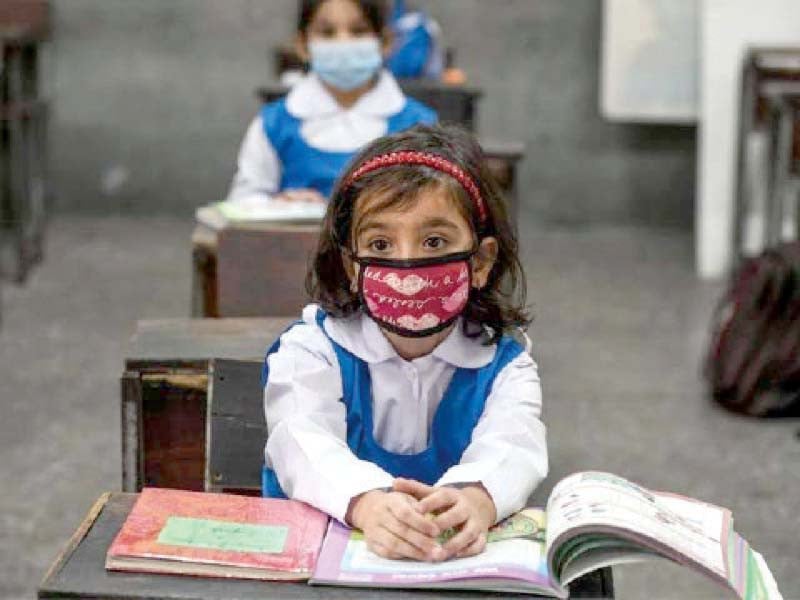
Health, education emergency feared | The Express Tribune
Country’s indicators fall below levels seen by world’s poorest nations
 tribune.com.pk
tribune.com.pk



